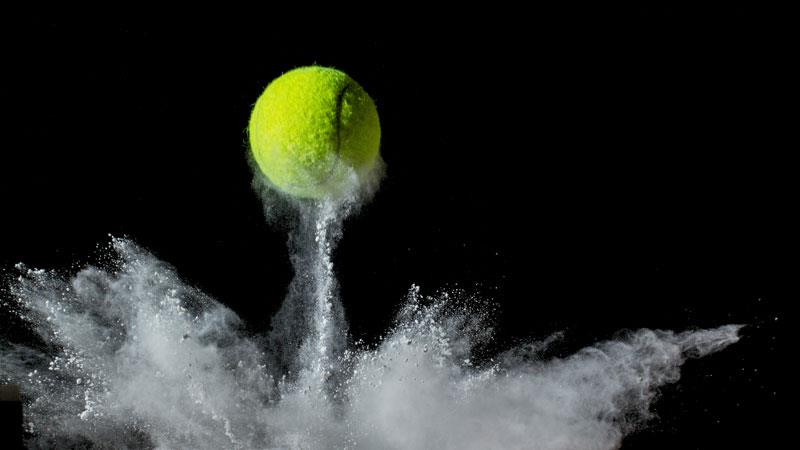Adjunctive intra-arterial lytics bounce back in ANGEL-TNK, PEARL trials





Two trials presented at ISC 2025 support intra-arterial thrombolysis as an adjunct to stroke thrombectomy in patients with large-vessel occlusions (LVOs).
In the ANGEL-TNK and PEARL trials, intra-arterial infusions of tenecteplase and alteplase, respectively, after successful thrombectomy, increased the percentage of patients with excellent neurological outcomes at 90 days compared with standard medical treatment.
Rates of symptomatic intracranial haemorrhage (ICH) and mortality were not significantly different between groups.
The findings contrast with those from the POST-UK and POST-TNK trials, which showed no impact of adding intra-arterial lytics (urokinase or tenecteplase, respectively) in reducing disability at 90 days. [JAMA 2025;333:589-598; JAMA 2025;333:579-588]
Residual problems
Despite the success of thrombectomy at improving functional outcomes in patients with acute ischaemic strokes caused by LVOs, fewer than half of treated patients are disability-free by 90 days, possibly stemming from residual problems in the microvascular circulation.
“Distal perfusion is not always restored,” commented ISC chair Dr Lauren Sansing from Yale School of Medicine, New Haven, Connecticut, US. With the positive results of ANGEL-TNK and PEARL, “it increases my confidence that the new approach has a biological merit.”
“I think we’re seeing the scales sort of move towards [indicating] that adjunctive intra-arterial alteplase or tenecteplase does work,” she added.
Tenetecplase in ANGEL-TNK
ANGEL-TNK included 255 patients (median age 72 years, 45 percent female) from China with ischaemic stroke due to LVOs, who achieved majority-complete reperfusion (expanded Thrombolysis in Cerebral Infarction [eTICI] 2b50-3) after thrombectomy. Patients who received intravenous (IV) thrombolytics before the procedure were excluded, and IV antiplatelet agents and heparin were not allowed during the procedure. [ISC 2025, abstract LB38]
Patients were randomly assigned to receive an intra-arterial infusion of tenecteplase 0.125 mg/kg (maximum 12.5 mg) after thrombectomy or standard medical treatment without intra-arterial lytics. The primary endpoint was the proportion of patients with excellent neurological outcomes (modified Rankin Scale [mRS] score 0–1) at 90 days.
“Patients treated with tenecteplase were more likely to achieve this benchmark (40.5 percent vs 26.4 percent; p=0.02),” reported study author Dr Xiaochuan Huo from Beijing Anzhen Hospital, China at ISC 2025. The frequency of brain bleeds within 48 hrs after treatment was comparable between groups (5.6 percent vs 6.2 percent; p=0.92), as was the number of deaths within 90 days (21.4 percent vs 21.7 percent; p=0.39).
Alteplase in PEARL
Separately, PEARL involved 324 patients (mean age 66 years, 31 percent female) from China who had an LVO stroke and successful thrombectomy (eTICI 2b50-3 score) randomly assigned to intra-arterial alteplase 0.225 mg/kg (maximum 20 mg) or standard medical treatment without intra-arterial lytics.[ISC 2025, abstract LB42] Unlike in ANGEL-TNK, 42 percent of patients in PEARL received IV thrombolysis before thrombectomy. The primary endpoint was an mRS score of 0–1 at 90 days, same as in ANGEL-TNK.
A higher proportion of patients reached that goal with intra-arterial alteplase (44.8 percent vs 30.2 percent; p=0.01), according to study authors Dr Raul Nogueira from the University of Pittsburgh, Pennsylvania, US and Dr Yamei Tang from Sun Yat-Sen Memorial Hospital, Guangzhou, China.
As for safety, risks were comparable between the two groups in terms of symptomatic ICH at 36 hrs (4.3 percent vs 5 percent; p=0.67), any ICH at 36 hrs (32.9 percent vs 26.9 percent), or all-cause mortality at 90 days (17.1 percent vs 11.3 percent; p=0.12).
The positive results of ANGEL-TNK and PEARL trials put intra-arterial lytics back in the spotlight after falling short in previous trials.